Bandhavgarh National Park
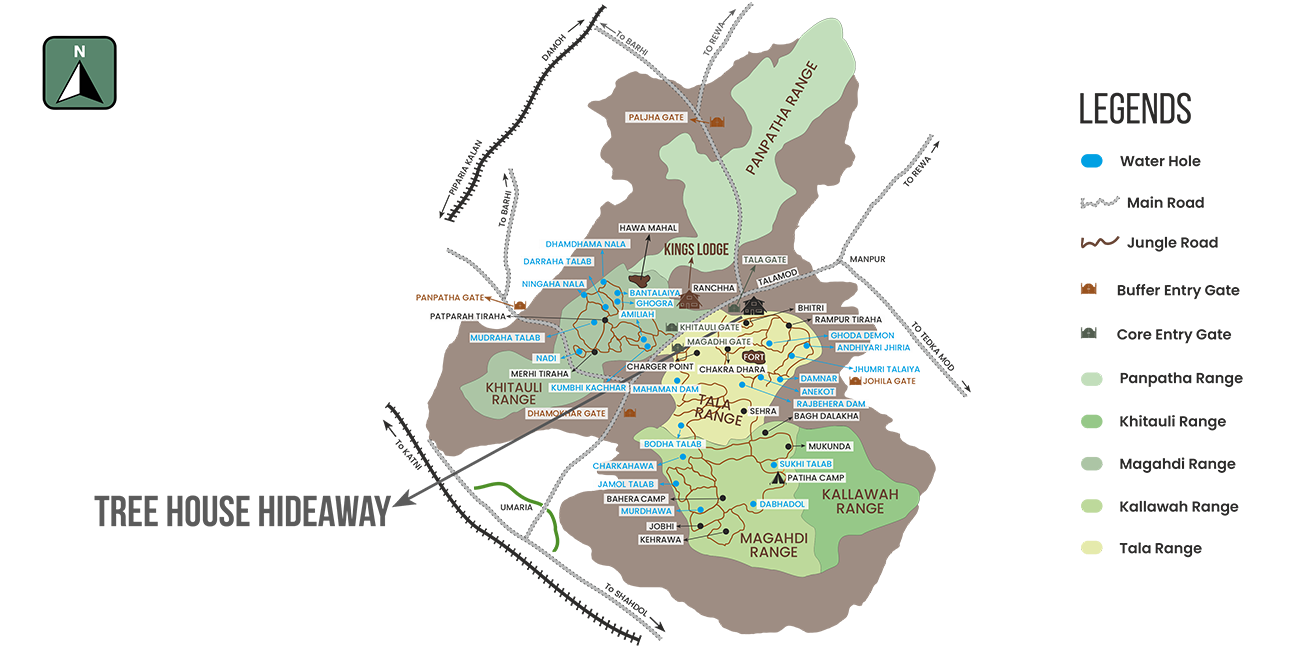
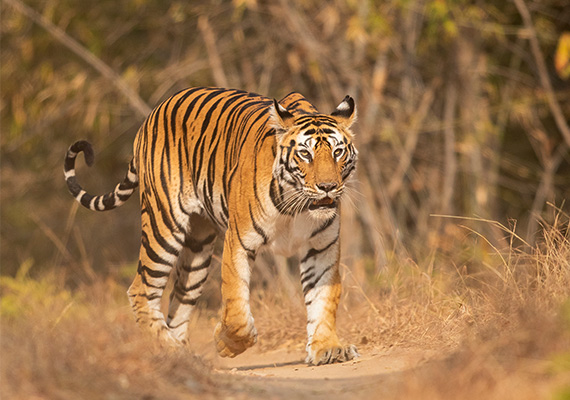
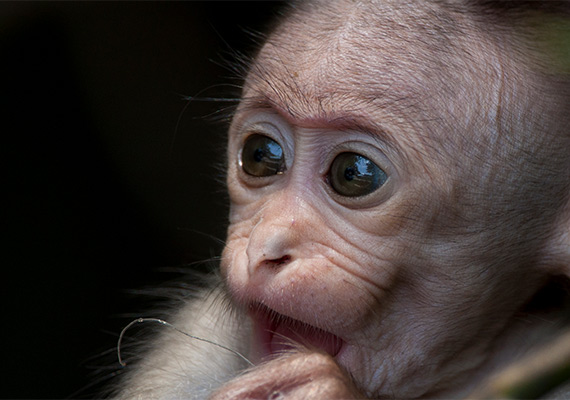
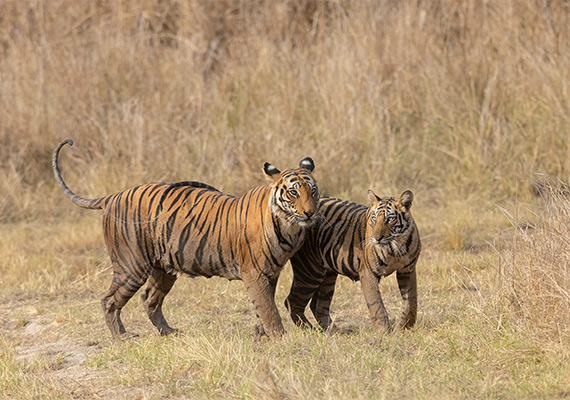
Core Zones in Bandhavgarh National Park
Tala Zone
Magdhi Zone
Khitauli Zone
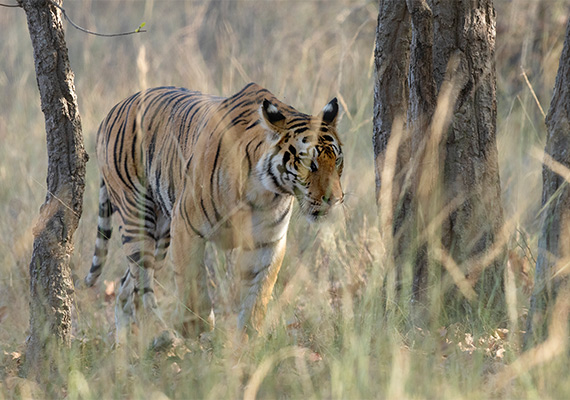
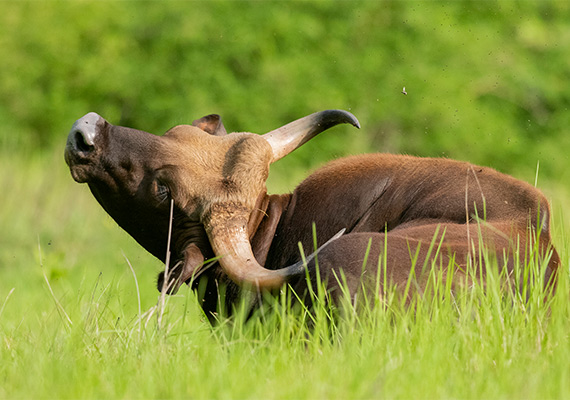

Buffer zones in Bandhavgarh National Park
Dhamokhar Buffer
Johila Buffer
Panpatha (Pachpedi)
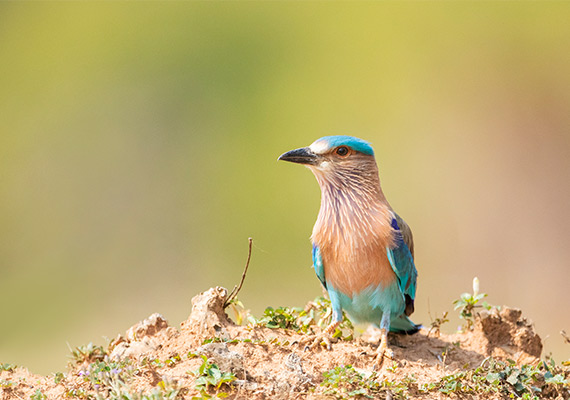
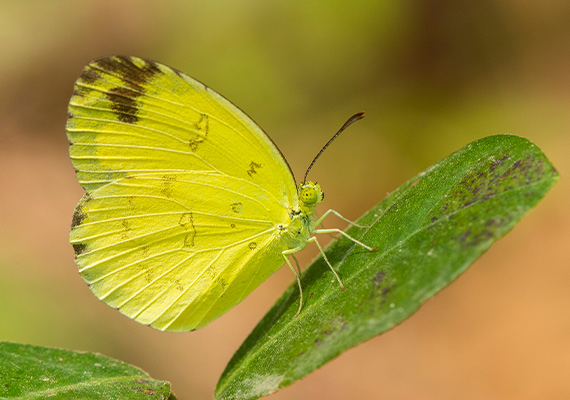
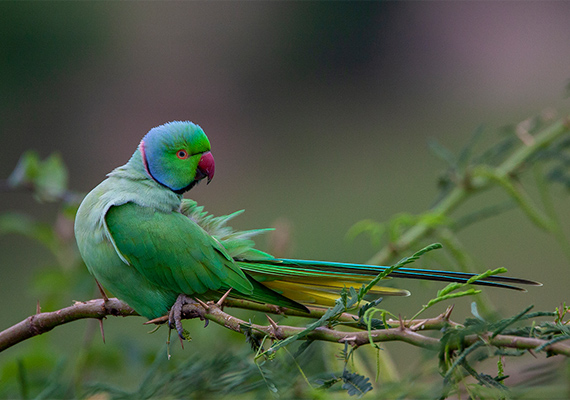
SAFARI ESSENTIALS
When on Safari, besides wearing appropriate clothing there are a few essentials that can make the overall experience remarkable. Here is a list of items that can be carried along;
- Sun Screen
- Sunglasses
- Insect Repellent
- Neutral (Khaki, Green, Brown) colored clothing
- Preferably very light cotton in summer
- For winters, windbreaker, warm jacket, sweater, fleece, gloves, warm cap
- Safari hat or cap
- Stole, buff, or scarf for protection from heat and dust
- Boots or closed shoes
- Binoculars
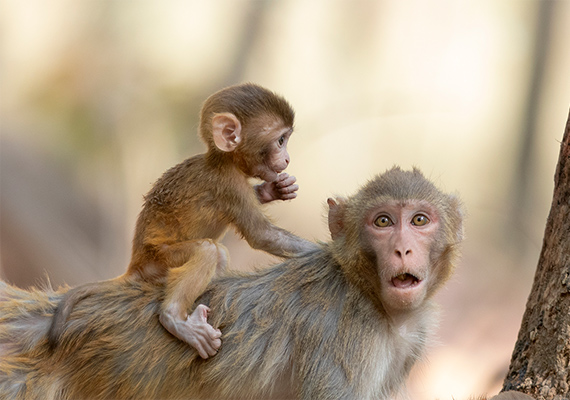
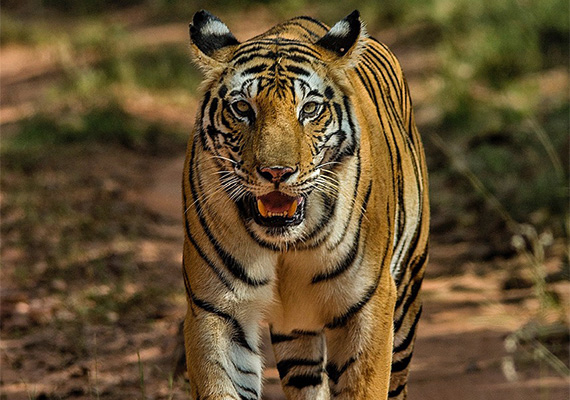
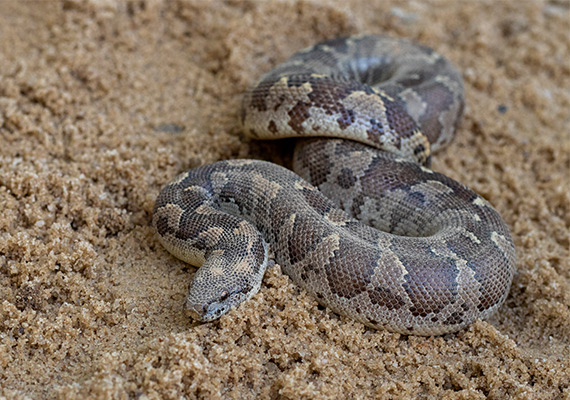
FAQ's
Why is Bandhavgarh famous?
Brimming with wildlife, Bandhavgarh is a famous destination for wildlife lovers from all across the globe. Bandhavgarh National Park also holds a rich mythological history & is a place of interest for historians & archeologists. Bandhavgarh National Park is amongst the best places to see tigers in the wild. Bandhavgarh National Park is famed for one of the highest densities of Bengal tigers in the world.
What is the best time to visit Bandhavgarh National Park?
Bandhavgarh National Park core zone is open from 1st October to 30th June. However, the buffer zone of the park which is kept open for wildlife lovers, throughout the year, is renowned for its tiger activities.
But every season has its unique charm. Post monsoons the forests start buzzing with activity and life, and the entire landscape is transformed to a glorious lush landscape. The winter months from November to March, are the most inviting months to witness the gleaming, winter coats of all the flora and fauna; in this enchanting deciduous landscape.
January to March are perfect for sightings, especially the adrenaline pumping experience of spotting the tiger. These months are ideal for bird watching too. April to June though hot offers one of the best opportunities to see wildlife specially Tigers.
How many days are sufficient to visit Bandhavgarh?
Bandhavgarh, the land of tigers, in addition to being the dwelling spot for tigers, also holds a wide range of attractions, for one to explore. Other than tiger safari experience, other famous activities in Bandhavgarh include, visit to Bansagar dam, visit to Shesh Shaiya, Village visits, Cycling & Nature Walk. In order to enjoy Bandhavgarh, one must also explore the local Baiga. Hence 5-6 days is an ideal time to explore Bandhavgarh completely.
How to book safari tickets for Bandhavgarh?
Safari in Bandhavgarh National Park can be booked through online portal of MP Forest Department. One can also reach out to our team, that can assist in booking a complete package including safaris. It is always advised to book your safaris in advance so that you can pick a zone of your choice.
Which zone of Bandhavgarh is best?
The core zones of Tala & Magadhi picked interest amongst wildlife tourists, due to the dense vegetation of towering Sal forests, hillocks, and grasslands and their meadows that offer both scenic views and exceptional sightings. However, Bandhavgarh being one of the parks with highest density of tigers, the chances of sighting are equally good across the other zones including the buffer.
Please read our blog for more information on zones in Bandhavgarh
Our team will be happy to curate tours for 2 or more parks.